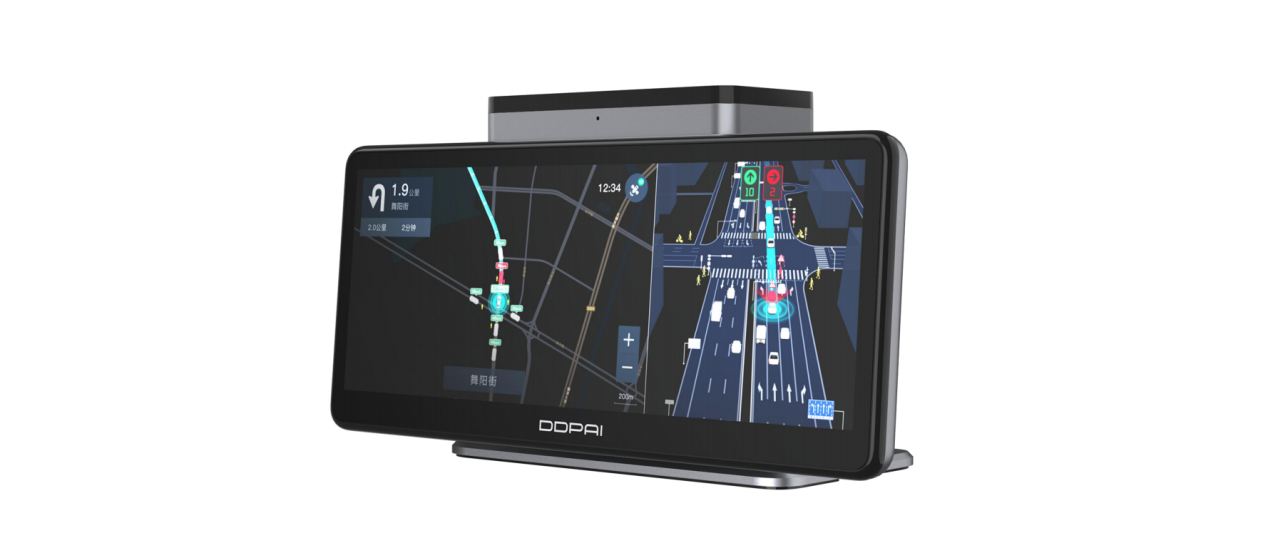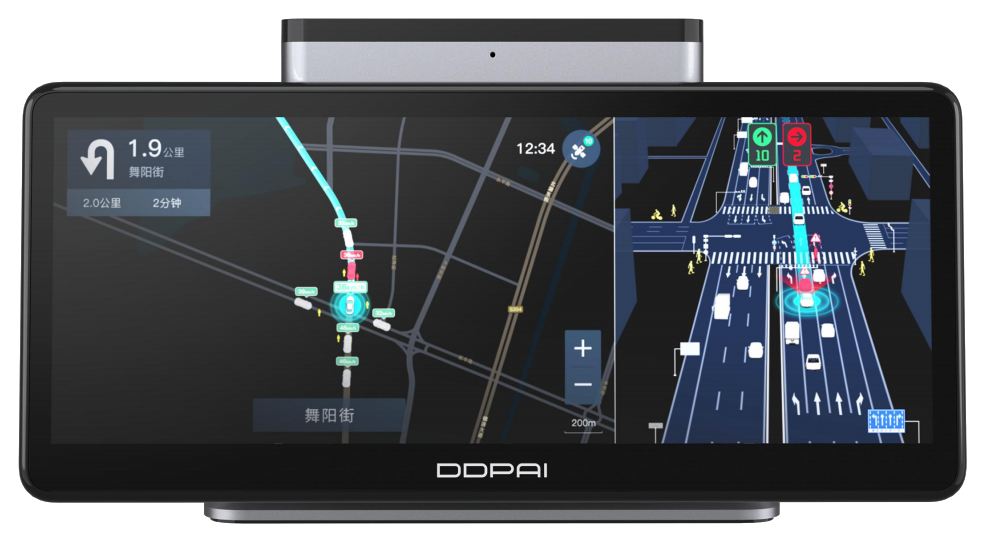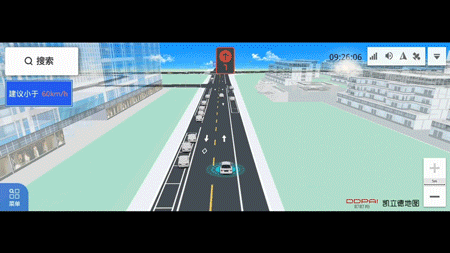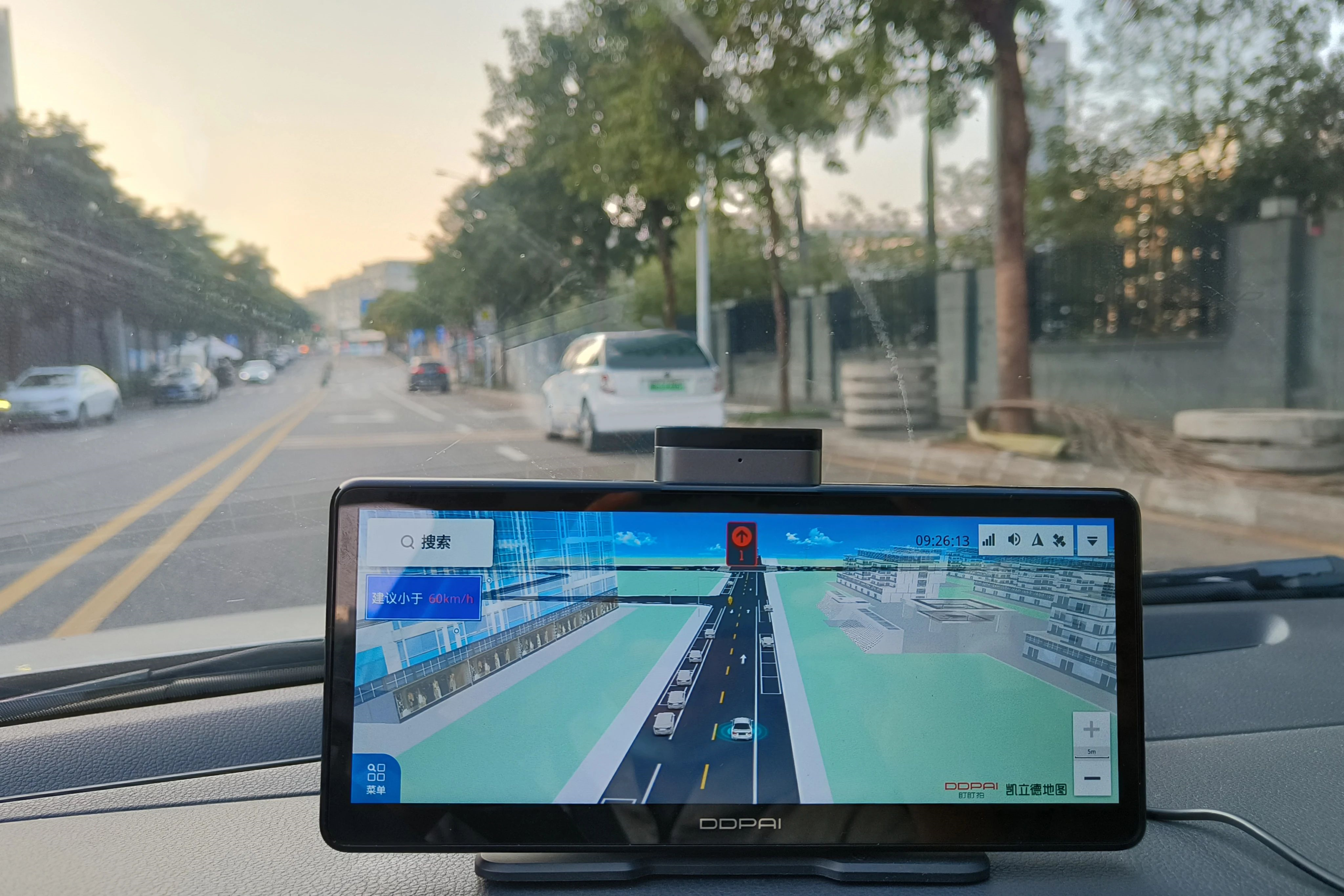Author: Duo Duo
C-V2X technology will redefine the “Internet of Vehicles”
In the past two years, with the popularization of 5G technology, more and more high-quality in-car information services have become standard features of private cars, and the high-bandwidth and low-latency network characteristics have driven rich cabin entertainment functions, creating a “third living space” that is drivable, rideable, entertaining, and productive. However, the development of technology will not stop here, as a new dark horse in the Internet of Vehicles has quietly arrived.
C-V2X technology will redefine the “Internet of Vehicles”. Through wireless communication technology, all traffic participants are formed into an invisible network, breaking the ability limitations of traditional sensing devices in road environments and weather conditions, allowing drivers and passengers to understand the surrounding road conditions more timely and accurately, and making driving more energy-efficient, efficient, and safe.
Break through product boundaries and bring users closer to the future
As a leading domestic automotive technology electronics brand, DDPai recently launched a new generation of mobile in-vehicle terminal product – 5G V2X intelligent screen. This product innovatively integrates V2X communication technology on the basis of traditional in-vehicle intelligent screens, making the product functions no longer limited to “navigation + audio and video entertainment”, but a truly smart travel-oriented mobile auxiliary driving terminal.

From the configuration table, it breaks the industry barrier between traditional Internet of Vehicles terminals and V2X in-vehicle terminals (OBU). It integrates 5G communication modules, high-precision maps, and can achieve lane-level positioning accuracy through RTK differential technology. While supporting various C-V2X Internet of Vehicles safety, efficiency, and information-based applications, it also has 6T high computing power, and can expand ADAS auxiliary driving cameras and DMS/BSD monitoring cameras. It is an innovative product with high integration degree, high usability, and high scalability.
As a HarmonyOS ecosystem partner, DDPai will also launch a domestic substitution program – Hongmeng system 5G V2X smart screen, which can meet more scene driving assistance, realize cross-screen flow of mobile applications, and full-screen voice control and other smart travel experiences. It is highly anticipated.- Innovation of Product Form — Better Understanding Consumers, Breaking the Ice of V2X Car Terminal Penetration Rate
Up until now, the development of C-V2X technology has been focused on ensuring better communication performance of V2X onboard units (OBU), while neglecting the demand for promoting OBU itself as a consumer-grade terminal for after-market. As of now, a general OBU has a bulky size, unattractive appearance, no fixed installation position, and various antenna harnesses, making it inconvenient and cumbersome to install; in terms of interfaces, in order to meet the needs of technical verification, it is equipped with various communication interfaces, such as the vehicle data CAN bus interface and RS232 interface, which are not suitable to be directly oriented to ordinary consumers; in addition, it lacks human-machine interaction function as a whole, and warning information needs to be displayed through external video or audio devices.
The product form of the after-market OBU urgently needs innovation.
Recently, we invited 100 car owners to participate in a survey. The target audience’s age ranged mainly from 25 to 45, and they are the group with the strongest desire for new technology exploration and consumption capacity. Most of them expressed affirmation and expectation to the practical application of vehicle-to-everything communication. Specific to a terminal product, 93% of the target users pay attention to the product’s appearance design, and disordered wire harnesses are especially unacceptable. Secondly, the practicality of the function, the convenience of system maintenance and upgrade, and the freshness the product can bring to users are all important consideration factors.
The intelligent screen form V2X onboard unit (built-in OBU) launched by DDPai is a great innovation in the product form of the vehicle-to-everything communication industry. In terms of appearance, the overall design is full of technological sense, exquisite and concise, while ensuring the communication performance, it internally integrates all kinds of complex wire harnesses and has a plug-and-play feature, which can conveniently adapt to various vehicle models, solve the problem that general after-market OBU cannot penetrate consumer-grade products, and take an important step in improving the penetration rate of vehicle-to-everything communication in stock car market.
- Intelligent Travel of Vehicle-to-everything Communication — Safe Driving, Efficient Travel# Development of Vehicle-to-Everything (V2X) Industry
Since its development in 2015, the V2X industry has progressed from small-scale technical verification to pre-commercialization verification applications. It has mainly been focused on national and urban demonstration areas and pilot zones. At the same time, it has been commercially piloted in specific sectors such as public transportation, mining, and airports.
As an ordinary passenger, we will experience the improvement of driving safety and efficiency.
DDPai 5G V2X Smart Screen
This new release of DDPai’s 5G V2X smart screen, relying on 5G high-reliability and low-latency communication technology, achieves all 17 typical V2X application scenarios defined in T/CSAE 53-2020 “Cooperative Intelligent Transport Systems-Vehicle-to-Vehicle Communication Application Layer and Application Data Interaction Standard (Phase I)”. The product also deeply analyzes the technological evolution path and user demands of V2X, selects several application scenarios that can more effectively address the sensing bottlenecks of vehicles and have higher acceptance among ordinary consumers, and goes through multiple rounds algorithm optimization accordingly.

Green Wave Speed Guidance
In everyday driving, we often try to “beat the clock” at traffic lights, accelerating to catch a green light without knowing the remaining time. We may also not see the traffic light status at intersections due to the obstruction of large vehicles in front of us or even run red lights, causing traffic accidents.
When using V2X technology, the vehicle can directly obtain the signal phase and timing information issued by the roadside through wireless communication (SPAT and MAP messages) and cloud platform scheduling information without being affected by any obstacles. Combining with the current vehicle positioning data and driving status, the appropriate driving speed and optimum driving route are calculated to maximize the vehicle passing the intersection with the shortest time and the least stop-and-go times, thereby improving individual travel efficiency and overall traffic efficiency.
 – Millisecond-level Key Safety Real-time Perception and Early Warning
– Millisecond-level Key Safety Real-time Perception and Early Warning
The main consideration here is two scenarios: one is sudden intrusion of non-motorized vehicles and pedestrians and other vulnerable traffic participants into the lane, and the other is vehicles driving normally in the blind area or with the intention of turning or changing lanes. “Key safety” is defined as accidents that may jeopardize safety of life. Due to their high randomness and fast actions, both situations require millisecond-level real-time early warning with very high requirements for reliable and stable information transmission performance and scenario trigger rate. DDP has rigorously designed and tested them in various complex road scenarios to ensure communication performance guarantee and scene trigger rate.
As cooperative vehicle infrastructure systems (CVIS) technology can achieve super long-distance perception through the “God’s Eye Perspective” and is not affected by weather conditions, it can effectively reduce risks of traffic accidents caused by single-vehicle blind spots and line-of-sight obstruction, such as “ghost detectors” and blind corner collisions at intersections. This is also high value of CVIS technology.
We can intuitively see all obstructed traffic participants and abnormal vehicles such as retrograde and out-of-control on the DDP’s in-vehicle smart screen, giving the driver sufficient time to react, greatly reducing the possibility of accidents in complex traffic environments.

- Second-level Minor Safety Real-time Perception and Early Warning
The updating speed of ordinary navigation maps cannot reflect real-time dynamic information of road conditions, such as temporary road construction ahead, traffic accidents, temporary road closures, short-term congestion, road debris, etc. Compared with “key safety”, the real-time perception and early warning of this category have lower requirements for real-time performance and can be updated and presented in seconds. Currently, we have achieved V2I message transmission from roadside cameras and radar and other sensing devices to the in-vehicle smart screen, directly displaying the real-time road conditions on the human-machine interaction interface map, so that drivers and passengers can accurately predict the road conditions ahead, plan ahead whether to change the driving route, and adjust the speed and driving status if needed, thereby avoiding wasting time and causing accidents.
 – Car Interior Markings
– Car Interior Markings
When driving a vehicle, there is no need to look around anymore. Roadside information such as speed limit warnings, road closure warnings, slow driving warnings, and other information can be accurately transmitted to the in-car intelligent screen through V2I messages. It will not be unable to recognize because of obscured or soiled traffic warning signs, thereby causing a safety hazard.
At present, the current Internet of Vehicles application can support some road safety, traffic efficiency, and information service applications. With the continuous evolution of intelligent cars and communication technology, the aftermarket vehicle-road collaborative terminal will use 5G extremely low communication latency, high reliability, faster transmission rate, and farther communication range to dig into the new generation of in-car network experience to the extreme.
V2X Industry Dilemma, Aftermarket Will Breakthrough First
At the moment when the technology has been fully verified and the large-scale application is imminent, the vehicle-road collaborative industry has entered a difficult “dilemma”.
First, the deployment cost of roadside equipment is extremely high and is currently only covered in a limited area. The cost of road surface intelligence transformation is very high. Under such high investment estimates, the lack of operating entities and vehicle-road collaborative traffic participants cannot achieve commercial closed-loop.
According to the roadmap for the development of China’s intelligent car, starting from 2025, it is recommended that the support rate of new car front-loaded V2X modules be around 50%. Taking a certain line city as an example, the proportion of new car additions is about 6%, and the proportion of vehicles that support vehicle-road collaborative is only about 3%, while the proportion of vehicles that do not support vehicle-road collaborative is as high as 97%. That is to say, it is impossible to achieve large-scale vehicle-road collaborative scheduling solely relying on new car penetration rate.
Secondly, some of the value of vehicle networking applications is not high and have not demonstrated the advantageous characteristics of vehicle-road collaborative technology. Moreover, there are some scenarios overlaps with ADAS functions, which are all obstacles to scaling the application of vehicle-road collaborative technology.

As of the end of November 2022, the number of motor vehicles in China was 415 million, and the number of cars exceeded 318 million. Breaking through the aftermarket is the key to driving penetration rate and promoting front-end installations, followed by driving the roadside through the vehicle, which is the key to breaking the barrier to the scale application of vehicle-road collaboration.The 5G V2X vehicle-mounted smart screen launched by DDPai is undoubtedly an innovative product of great value in the industry, which is believed to bring amazing performance.
DDPai CEO Luo Yong said, “Vehicle-road coordination is the ultimate solution to traffic efficiency through the vehicle-road-cloud system. Currently, the penetration rate of the vehicle terminal is low, especially for existing vehicles, which is almost 0. Based on years of experience in the field of vehicle-mounted equipment and the current application of intelligent connected vehicles in the industry, DDPai has launched a 5G V2X vehicle-mounted smart screen that meets the demand for large-scale retrofits, providing a new experience for the next-generation connected vehicles and assisted driving, promoting traffic efficiency and driving safety.”
It is reported that DDPai (Shenzhen) Technology Co., Ltd. has partnered with Huawei, Alibaba, JD, and other industry giants to provide deep integration of multi-scenario application services for C-end customers. At the same time, DDPai is also actively laying out the automotive electronics and vehicle networking industries, and working with Cao Cao Travel, T3 Travel, and other partners to create a smart travel service to improve operational efficiency, and cooperating with vehicle-road coordination industry partners to jointly explore the intelligent network connected vehicle-mounted application field.
In the retrofitted V2X vehicle-mounted terminal market, it is not difficult to see that technology-based enterprises that dare to try and innovate have taken a half-step lead in this blue ocean.
Technological innovation is not achieved overnight; it requires perseverance, resilience, and creativity, just like a marathon.
This article is a translation by ChatGPT of a Chinese report from 42HOW. If you have any questions about it, please email bd@42how.com.
